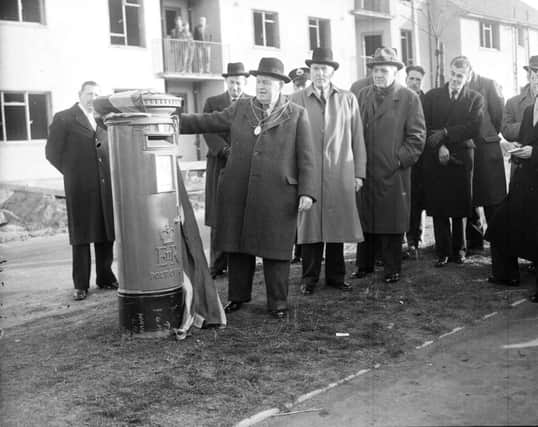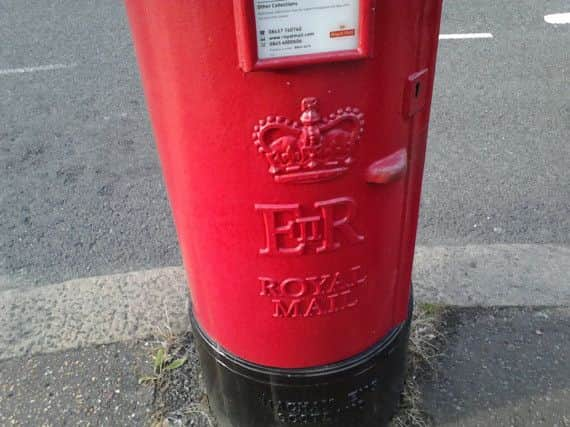Lost Edinburgh: the Queen and the exploding post box
This article contains affiliate links. We may earn a small commission on items purchased through this article, but that does not affect our editorial judgement.


In 1952, as the Queen’s coronation approached, the Post Office followed tradition by erecting a new style of pillar box throughout the UK marked with Her Majesty’s royal cypher: E II R, standing for Elizabeth II Regina.
Unveiling at the Inch
On 28 November 1952, an official party assembled at the junction of Gilmerton Road and Walter Scott Avenue in Edinburgh’s newly-built Inch housing estate to formally unveil Scotland’s first ‘E II R’ pillar box. What at first appeared as a perfectly appropriate and harmless recognition of the new head of state quickly descended into a cause of national outrage leading to wide scale media coverage, debates in the House of Commons and intense police surveillance.


Advertisement
Hide AdThe problem was that the Tudor Queen Elizabeth I had never ruled over Scotland, therefore the suggestion that there could be a Queen Elizabeth II was considered grossly inaccurate and unacceptable to many Scots.
Shortly before the official unveiling of the pillar box, a pressure group had written to a number of officials to question the legality of using the E II R symbol. The authorities were, therefore, aware of the controversy, and five police officers were present at the unveiling ceremony.
Under attack
Despite the box receiving special police attention, within thirty-six hours the E II R symbol had been defaced with tar. A week later a parcel containing gelignite was found inside the post box, and on 2 January 1953, a postal worker found another explosive charge.
All was quiet for the next few weeks until, on 7 February, two workmen saw a man vandalising the box with a sledgehammer wrapped in a sack. The attacker ran off and the damaged pillar box door had to be removed for repair.
Blown apart
Finally, on 12 February 1953 at around 10pm, the Inch was rocked by an explosion that could be heard a mile away. The three-month-old post box had been completely blown apart courtesy of a gelignite bomb. The next day a small Lion Rampant was discovered draped across its smouldered ruins. A brand new pillar box appeared soon after with no sign of E II R.
The E II R issue was debated in the House of Commons and even in court, but attempts to challenge the Queen’s right to be declared as Elizabeth II across the United Kingdom proved to be unsuccessful. A further statement by the Crown would declare that the Royal title of the new monarch should reflect the highest number from either the Kingdom of England or the Kingdom of Scotland. However, the bombing incident had caused significant distress among Inch residents, who made it clear that any future erection carrying the E II R identification would not be welcome. To avoid any further troubles Scottish pillar boxes, mail vans and other post office paraphernalia would carry the Crown of Scotland from then on.
• The above story is an excerpt from Edinburgh in the 1950s: Ten years that changed a city (Amberley Publishing) by Jack Gillon, David McLean & Fraser Parkinson. It’s out to buy now.